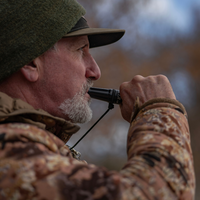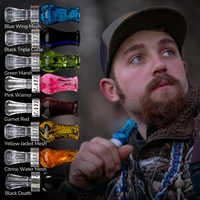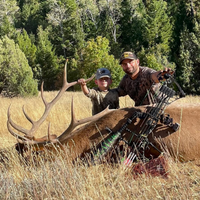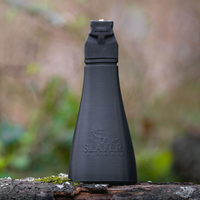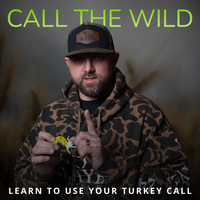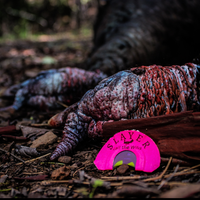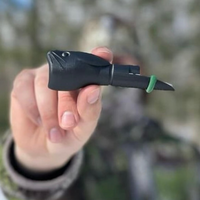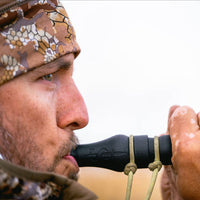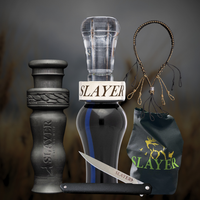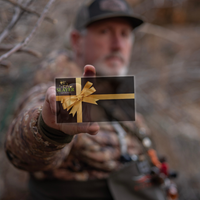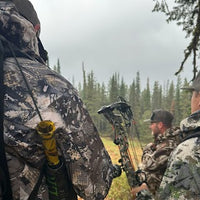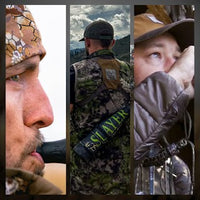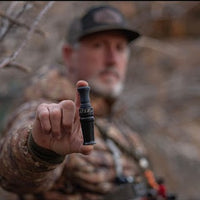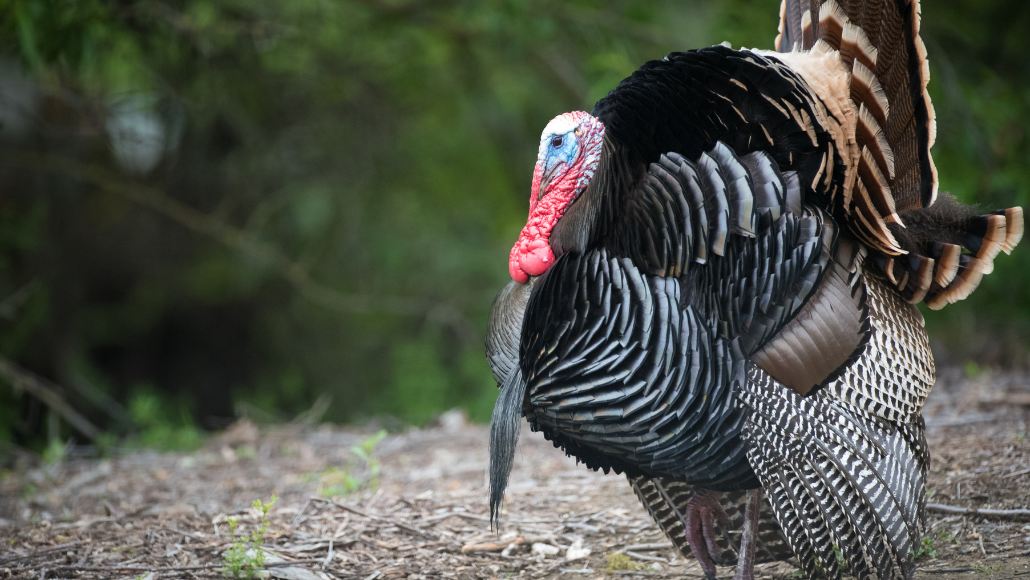When it comes to archery elk hunting, few tactics crank the adrenaline quite like run-and-gun. It’s fast. It’s aggressive. And it’s built for bowhunters who want to be in the action, not watching it from a ridge a mile away. This isn’t a passive game. It’s boots-on-the-ground, call-in-the-mouth, bow-in-hand elk hunting—and it’s not for the faint of heart.
But when it works? You’ll be 30 yards from a screaming bull, heart pounding, arrow nocked. That’s the kind of moment you’ll chase the rest of your life.
What Is Run-and-Gun Elk Hunting?
Run-and-gun is exactly what it sounds like. Instead of sitting and hoping a bull walks by, you’re actively covering ground—bugling, glassing, moving, adapting. It’s a chess match on steep terrain, where the clock’s always ticking and the herd’s always moving.
This strategy shines during the September archery rut, when bulls are vocal, fired up, and answering calls. If you can move with purpose, stay stealthy, and know when to make your move, you’ll find yourself in the red zone again and again.
Gear for Going Light, Moving Fast
If you're hauling a camp kitchen on your back, you're doing it wrong. Run-and-gun hunting demands a minimalist mindset—gear that’s light, quiet, and dialed.
Here’s your must-carry kit:
- Lightweight bow setup with silent accessories
- Bugle tube + cow call (we like the Enchantress Combo, obviously)
- Rangefinder (no guessing)
- Hydration system (bladder or smart bottle setup)
- Minimalist daypack: snacks, kill kit, game bags
- OnX or GPS unit (get lost and the day’s done)
Every ounce you shed buys you more ground, more elevation, and more time in the game.
Scouting: Before the Bugles Blow
Before you lace up and charge into the woods, do your homework. Run-and-gun works best when you’ve already got a mental map of where elk want to be.

Focus on:
- North-facing slopes for bedding
- Transition zones between feed and bed
- Fresh rubs, scat, wallows, and trails
- High-probability travel corridors between ridges and benches
Once you hear a bugle—or find a hot sign—it’s go time.
Calling and Closing the Distance
This is where legends are made.
- Throw a locator bugle to light up the timber.
- When you get a response, move fast but quiet.
- Use terrain and thermals to stay concealed and downwind.
- Pick a quick setup spot with shooting lanes.
- Drop a few soft cow calls or challenge bugles.
- Be ready. Bulls often come in silent, and they close distance fast.
This is the fine line between patience and aggression. Call too much and he’ll ghost. Wait too long and he’s gone. Nail the timing, and you’re 30 yards from a pissed-off bull staring through the trees.
Pros and Cons of the Run-and-Gun Hunt
Pros:
- You cover more ground and find more elk
- High-energy, high-reward style of hunting
- Perfect for solo hunters or tight duos that move well
- It’s straight-up fun
Cons:
- Easy to over-call or bump elk if you’re not careful
- Requires serious stamina and navigation skills
Final Thoughts: This Style Isn’t for Everyone
Run-and-gun elk hunting is gritty. It demands fitness, mental toughness, and a killer instinct. But if you’ve got those, the payoff can be unreal. It’s not a numbers game—it’s a one-shot opportunity earned with sweat and hustle.
So if you’re tired of glassing from camp and want to get in close—real close—then lace up, get your call game sharp, and go find that next bugle. The elk won’t wait for you. So why sit still?
